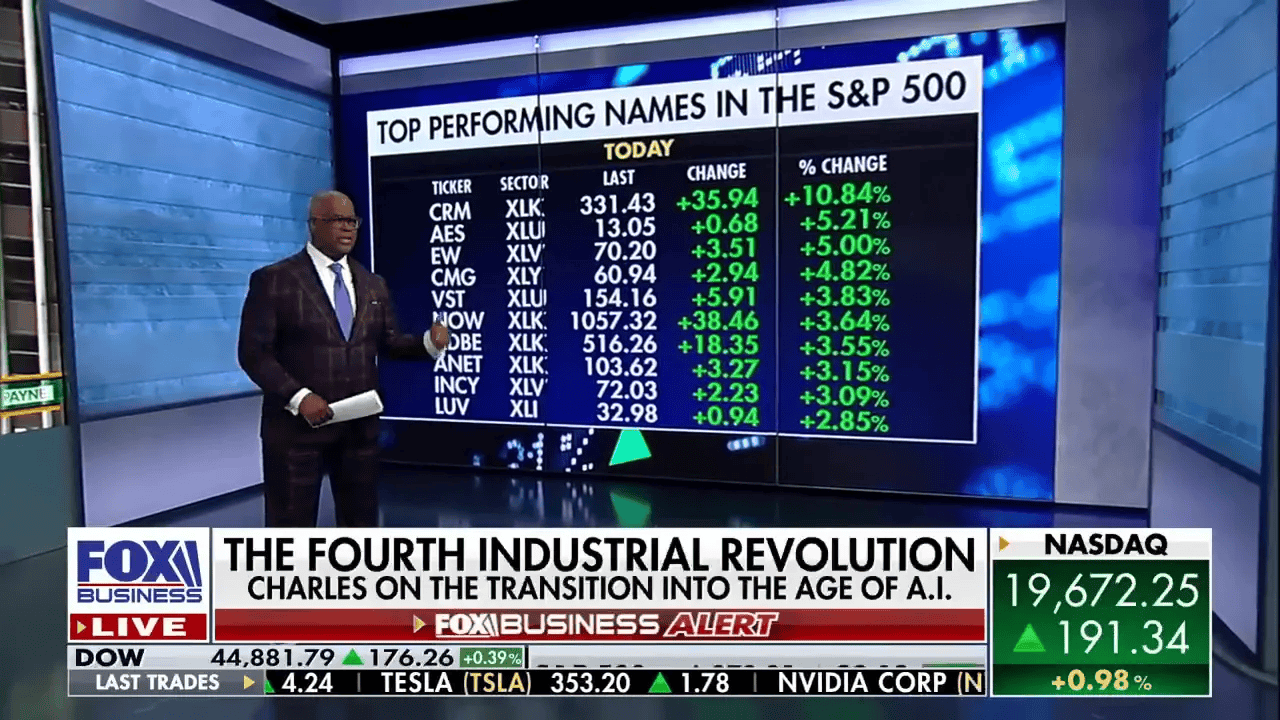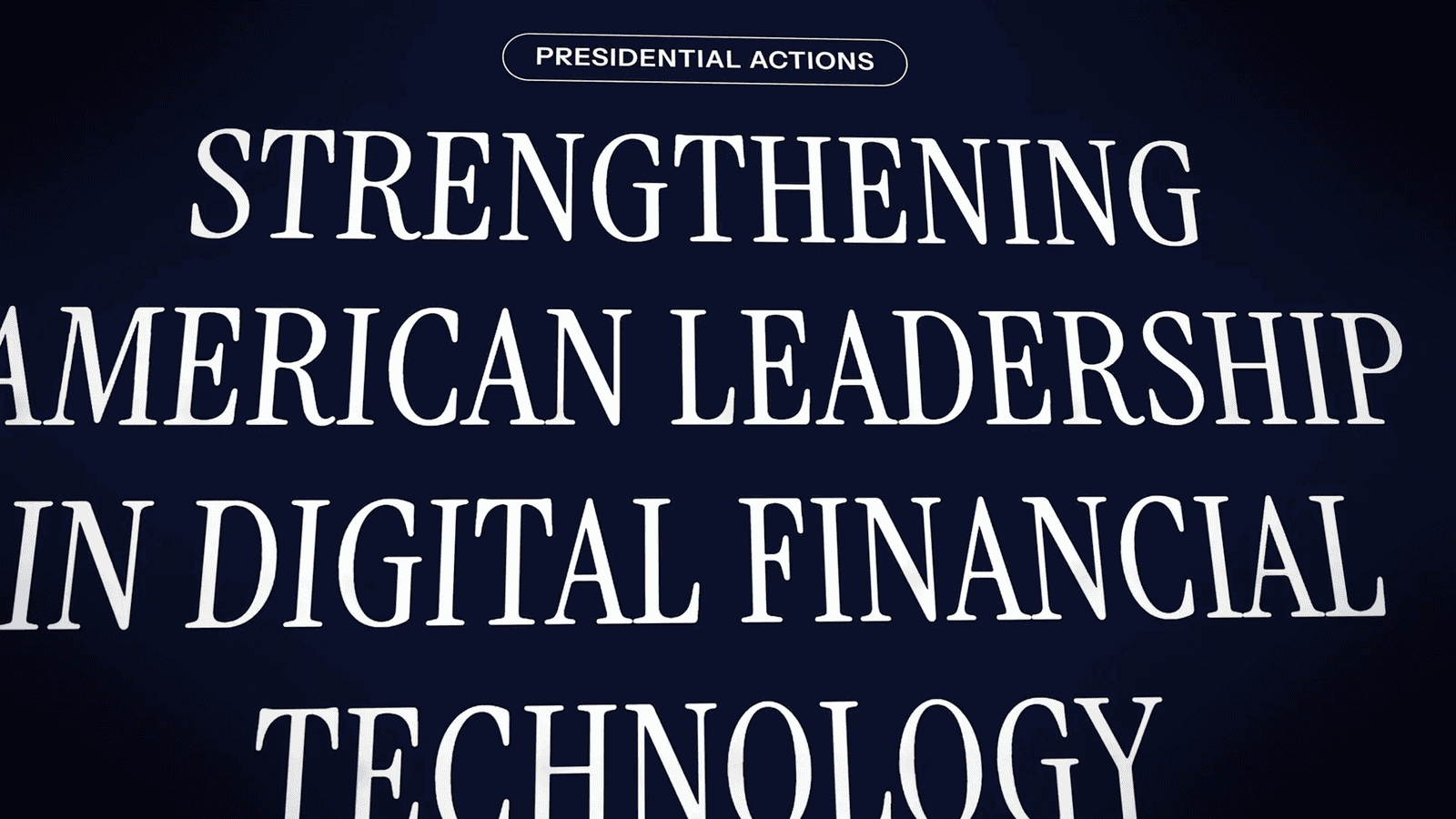In the era of the Fourth Industrial Revolution, Bitcoin emerges as a pivotal financial asset, transforming the landscape of investment and wealth management. Michael Saylor, Executive Chairman of MicroStrategy, shares his unique strategies and insights on Bitcoin’s potential to revolutionize economies and empower individuals worldwide.
Table of Contents
- Introduction to the Fourth Industrial Revolution
- The Rise of Salesforce.com and AI
- Michael Saylor: Visionary of Bitcoin
- MicroStrategy’s Approach to Bitcoin Investment
- Understanding Convertible Bonds and Arbitrage
- Critics and Skepticism in Bitcoin Investment
- The Positive Side of Volatility
- The Concept of Digital Capital
- Bitcoin’s Future and Economic Growth
- The Humanitarian Impact of Bitcoin
- Challenges from Established Financial Systems
- Michael Saylor’s Personal Journey
- The Future of Bitcoin and Philanthropy
- Conclusion: Bitcoin as a Global Asset
- FAQs about Bitcoin and Investment Strategies
Introduction to the Fourth Industrial Revolution
The Fourth Industrial Revolution marks a significant shift in how technology integrates into our daily lives. It’s characterized by rapid advancements in artificial intelligence, robotics, the Internet of Things (IoT), and blockchain technologies like Bitcoin. This revolution is reshaping industries, economies, and societies at an unprecedented pace.
As we navigate this new era, the convergence of digital and physical worlds creates opportunities for innovation and economic growth. Businesses must adapt to these changes, leveraging technology to stay competitive and relevant.
The Rise of Salesforce.com and AI
Salesforce.com exemplifies the transformative power of AI in the business landscape. Initially struggling to keep pace, the company has embraced AI technologies, leading to a remarkable recovery and growth. Today, Salesforce is not just a customer relationship management tool; it’s a comprehensive platform for AI-driven solutions.
This evolution underscores the importance of adapting to technological advancements. Companies that ignore these shifts risk being left behind. The integration of AI into business processes is no longer optional; it is essential for survival and success.

Michael Saylor: Visionary of Bitcoin
Michael Saylor, the Executive Chairman of MicroStrategy, has emerged as a leading advocate for Bitcoin. His vision extends beyond mere investment; he sees Bitcoin as a transformative asset class capable of reshaping the financial landscape. Saylor’s approach emphasizes Bitcoin’s potential as a long-term store of value, akin to digital gold.
His advocacy is rooted in the belief that Bitcoin offers a solution to the inherent flaws in traditional fiat currencies. As inflation continues to erode purchasing power, Saylor argues that Bitcoin represents a safe haven for wealth preservation.

MicroStrategy’s Approach to Bitcoin Investment
MicroStrategy’s investment strategy in Bitcoin is groundbreaking. By issuing convertible bonds, the company raises capital to acquire Bitcoin while minimizing risk for bondholders. This innovative approach allows MicroStrategy to leverage the volatility of Bitcoin to enhance shareholder value.
Saylor’s strategy is twofold: attract conservative investors with bonds while simultaneously appealing to equity investors seeking higher returns through Bitcoin exposure. This model not only diversifies investment risk but also positions MicroStrategy as a leader in digital asset adoption.
Understanding Convertible Bonds and Arbitrage
Convertible bonds are a unique financial instrument that combines features of both debt and equity. They allow investors to convert their bonds into shares of stock, providing them with potential upside without the associated risks of direct equity investment. This is particularly attractive for those interested in Bitcoin.
Arbitrage opportunities arise when investors exploit price differences between convertible bonds and the underlying stock. This strategy can yield a risk-free profit, making convertible bonds an appealing option for savvy investors looking to capitalize on market inefficiencies.
The Fourth Industrial Revolution is not just about technological advancements; it’s about rethinking how we approach investment and value creation. Visionaries like Michael Saylor are leading the charge, showcasing the potential of Bitcoin as a transformative asset in this new era.
Critics and Skepticism in Bitcoin Investment
Bitcoin has faced significant skepticism since its inception. Critics often label it as a speculative bubble, arguing that its value is driven more by hype than by intrinsic worth. Notable figures, including hedge fund managers and traditional financial analysts, have expressed disdain for Bitcoin, questioning its long-term viability as an asset class.
Many skeptics focus on Bitcoin’s volatility, claiming it makes Bitcoin an unreliable store of value. However, this perspective overlooks the fact that volatility can be a double-edged sword. While it introduces risk, it also creates opportunities for significant returns. Investors who can navigate this landscape may find that Bitcoin offers unprecedented growth potential.
The Positive Side of Volatility
Volatility, often viewed negatively, can actually be a catalyst for innovation and growth within the Bitcoin ecosystem. The rapid price fluctuations serve as a barometer for market sentiment and can attract new investors seeking high-reward opportunities.
Moreover, Bitcoin’s volatility can lead to increased trading volume and liquidity. This dynamic creates a fertile ground for traders and investors willing to embrace the risks associated with price swings. The potential for outsized returns is particularly appealing to younger investors who are more accustomed to the fast-paced nature of the digital economy.

The Concept of Digital Capital
Digital capital is redefining how we perceive and utilize assets. Unlike traditional forms of capital tied to physical locations, digital capital, exemplified by Bitcoin, transcends geographical boundaries. This shift allows for greater flexibility and efficiency in capital allocation.
Bitcoin acts as a universal asset that can be easily transferred and stored, making it an attractive option for global investors. Its decentralized nature ensures that it is not subject to the whims of any single government or institution, enhancing its appeal as a stable store of value.

Bitcoin’s Future and Economic Growth
The future of Bitcoin is intertwined with the broader economic landscape. As inflation erodes purchasing power, Bitcoin stands out as a hedge against currency devaluation. This quality positions it as a potential cornerstone of future financial systems.
Estimates indicate that Bitcoin’s market capitalization could grow exponentially, driven by increased adoption and integration into everyday financial transactions. As more businesses and individuals recognize its value, Bitcoin may emerge as a dominant form of digital currency, reshaping the global economy.
The Humanitarian Impact of Bitcoin
Bitcoin’s potential extends well beyond financial markets; it carries significant humanitarian implications as well. In regions where traditional banking systems are lacking or unreliable, Bitcoin offers a viable alternative for individuals to store and transfer wealth safely.
This capability is particularly crucial in underdeveloped nations where access to financial services is limited. Bitcoin empowers individuals to participate in the global economy, providing them with opportunities to build wealth and improve their living conditions.
Furthermore, Bitcoin can facilitate remittances, allowing individuals to send money across borders quickly and inexpensively. This function can alleviate economic hardship for families relying on financial support from abroad, thereby contributing to local economies.
Challenges from Established Financial Systems
The rise of Bitcoin has not come without challenges, particularly from established financial systems. Traditional banking institutions often view Bitcoin as a threat to their monopoly on financial transactions and wealth management. This skepticism fosters a hostile environment, where Bitcoin’s legitimacy is frequently questioned.
Moreover, regulatory bodies across the globe are grappling with how to classify and regulate Bitcoin. Some countries have embraced it, while others have imposed strict regulations or outright bans. This inconsistency creates uncertainty for investors and users alike, complicating Bitcoin’s integration into mainstream finance.
Michael Saylor’s Personal Journey
Michael Saylor’s journey into the world of Bitcoin is as compelling as the asset itself. After a tumultuous period in his career, including significant financial losses, Saylor discovered Bitcoin and its potential to reshape the financial landscape. This epiphany transformed him from a tech CEO to a passionate advocate for digital currency.
His commitment to Bitcoin is fueled by a desire to provide individuals and companies with a reliable store of value. Saylor’s personal experiences with market volatility have shaped his understanding of Bitcoin as a solution for wealth preservation, especially in times of economic uncertainty.
The Future of Bitcoin and Philanthropy
As Bitcoin continues to evolve, its intersection with philanthropy offers exciting possibilities. Saylor envisions a future where Bitcoin can empower charitable organizations, enabling them to operate more efficiently and reach a broader audience. By leveraging Bitcoin’s low transaction fees and global accessibility, charities can maximize their impact.
This potential is particularly significant in underdeveloped regions, where traditional banking services are limited. Bitcoin can provide individuals with the means to contribute to causes they care about, breaking down barriers to philanthropy.
Conclusion: Bitcoin as a Global Asset
Bitcoin’s emergence as a global asset signifies a paradigm shift in how we view money and value. As it gains acceptance worldwide, Bitcoin has the potential to redefine financial systems, offering individuals greater control over their wealth. This evolution is not just about investment; it’s about creating a more equitable financial landscape.
Michael Saylor’s advocacy for Bitcoin highlights its transformative power. As more people recognize Bitcoin’s potential, its role as a cornerstone of the digital economy will become undeniable. The future of Bitcoin is bright, providing opportunities for innovation, investment, and philanthropy.
FAQs about Bitcoin and Investment Strategies
What is Bitcoin?
Bitcoin is a decentralized digital currency that allows for peer-to-peer transactions without the need for intermediaries like banks. It operates on a technology called blockchain, which ensures transparency and security.
How can I invest in Bitcoin?
- Purchase Bitcoin through a cryptocurrency exchange.
- Invest in Bitcoin-related stocks or funds.
- Consider holding Bitcoin in a digital wallet for long-term investment.
Is Bitcoin a good investment?
Bitcoin’s potential for high returns makes it attractive, but it also carries significant risk due to its volatility. Investors should conduct thorough research and consider their risk tolerance before investing.
How does Bitcoin compare to traditional investments?
Unlike traditional assets like stocks and bonds, Bitcoin offers unique advantages such as decentralization and limited supply. However, it also presents challenges, including regulatory scrutiny and market volatility.
What should I know before investing in Bitcoin?
Investors should understand the fundamentals of Bitcoin, including how it works, its market dynamics, and the potential risks involved. It’s also essential to stay informed about regulatory developments and market trends.









